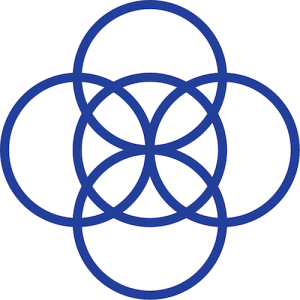Building a complete developmental trajectory of cells is close to impossible with today’s technology, but new technology developed at the Waisman Center is taking scientists a step closer to achieving it. Machine learning, a form of artificial intelligence, can step in to help fill in the gaps.
Artificial Intelligence
New AI framework reveals cooperative work behind oligodendrocyte function
Our brain is big on team work makes the dream work. Not only brain cells, but even smaller units that make up a cell work in cooperation to make the brain work properly.
Artificial intelligence: A real tool for advancing research on intellectual and developmental disabilities and beyond
AI collects big data and uses computer algorithms to search patterns that are present in your daily life.
New machine learning algorithm improves estimation and integration of single-cell data
Like a game of Wheel of Fortune, where you have to fill in missing letters to guess the hidden phrase, analyzing data sometimes requires estimating missing data points by relying on available information in order to get the full picture of what’s being studied.
Researchers are using machine learning to understand how brain cells work
For something so small, neurons can be quite complex — not only because there are billions of them in a brain, but because their function can be influenced by many factors, like their shape and genetic makeup.
